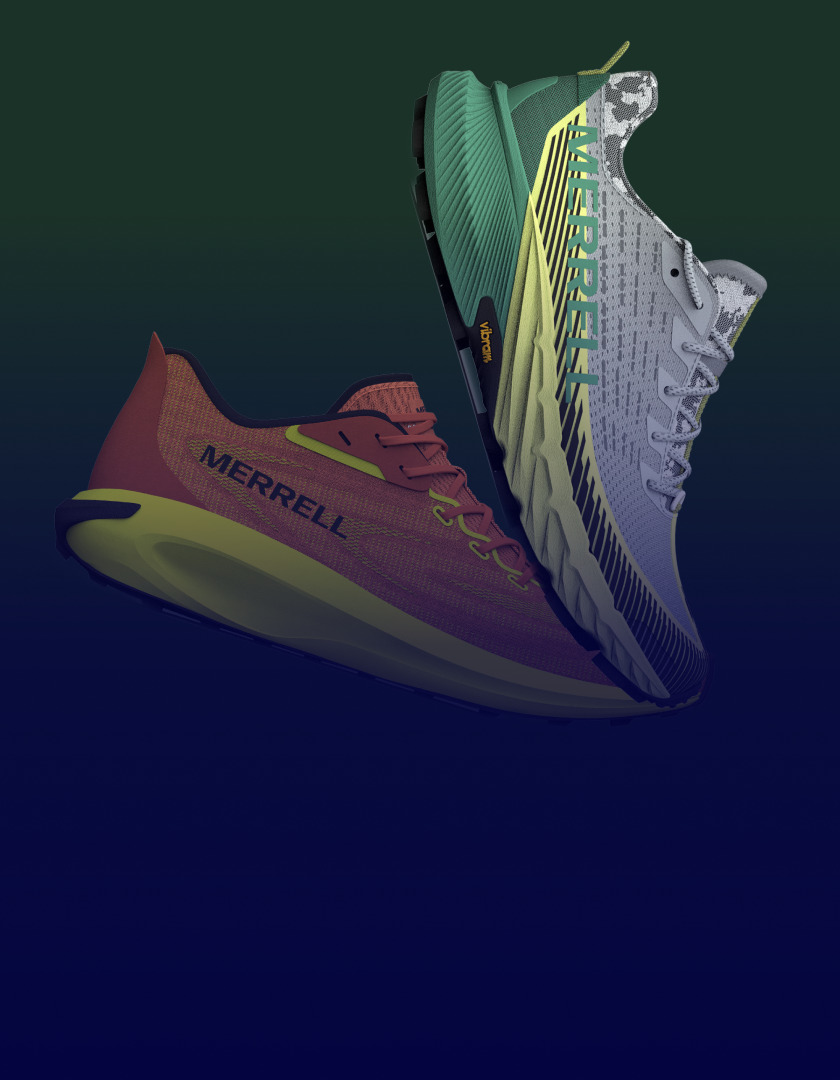Driving Success in Home Textiles
Why PLM is the key to navigating today’s challenges
Table of contents
- Introduction
- The home textiles market success and opportunity
- Speed to market delivering on-trend products faster
- Consumer demand for sustainability and personalization
- Streamlining collaboration breaking down silos
- Why PLM is the key to driving success in home textiles
- Ready to transform your entire product lifecycle management?
- About Centric Software
Introduction
The home textiles industry is weaving its way into a new era of success with demand for high-quality, stylish bedding, linens, cushions, curtains and more. As the competition for soft goods heats up, brands must stay on top of the fabric of change. Overcoming obstacles like supply chain hiccups, data knots and personalized product requests is the key to keeping things fluffy…and staying ahead of the competition.
Product Lifecycle Management (PLM) is emerging as the critical technology that enables brands to streamline operations, reduce time-to-market and remain agile. This eBook explores how Centric PLM™ powers brands to navigate the challenges of the modern home textiles market. Alongside actionable insights and industry data, this guide includes PLM checklists and thought-provoking questions to enable brands identify areas of improvement in their product development process.
The home textiles market success and opportunity
The home textiles market in North America is forecast to expand significantly in the coming years. According to Statista, North America’s home textiles market is expected to reach $29.2 billion by 2025 and $37.0 billion by 2030. This reflects a steady demand for products like bedding, pillows, curtains and linens.
However, staying ahead of trends and ensuring operational efficiency in such a competitive space requires more than just great products, it requires smart operational process and streamlined collaboration. This is where Centric PLM comes in. By centralizing product data, Centric PLM enables teams to work seamlessly together, from design and sourcing to production and sales. Real-time data sharing and visual collaboration tools like Centric Visual Boards™. Enable every department to stay aligned, improve efficiency and reduce time-to market. Ultimately ensuring teams stay ahead of the curve in an increasingly competitive market.
Key Insight: InterDesign successfully consolidated multiple legacy systems into Centric PLM, resulting in faster product launches, improved innovation and smoother vendor onboarding.
Read InterDesign’s Success Story
Speed to market delivering on-trend products faster
Speed to market is everything. Whether it’s a custom-designed duvet set or a luxurious pillow collection, consumer demand for new styles is constant. PLM centralizes product data, ensuring that every team, whether design, sourcing, or sales works from the same, up-to-date information. Real-time updates and collaboration via Centric PLM enables teams to make decisions quickly, reducing delays and improving efficiency.
Centric PLM is an AI-powered platform designed to solve time-to-market challenges.
- Centralized Hub: Acts as a single source of truth for product-related data, designs, specifications, Bill of Materials (BOMs) and more.
- Workflow Automation: Simplifies approvals and task management, eliminating delays caused by manual processes.
- Vendor Collaboration: Streamlines information sharing across global teams through the integrated vendor portal, reducing email dependency and miscommunication.
Centric PLM integrates seamlessly with Enterprise Resource Planning (ERP) tools, communication tools and regulatory databases, enhancing every stage of product development. For creative teams, Centric AI Fashion Inspiration accelerates ideation by generating AI-powered visual concepts that drive creativity and collaboration.
Key Insight: Boost visibility and use integrated workflows to ensure timelines, quantities and quality. Meet fulfillment commitments and speed time to market like Uniek.
PLM Checklist:
- Does your team rely on multiple versions of product designs or data?
- Are there delays between design, sourcing and production?
- Is there a lack of real-time communication between departments?
If any of these apply, the team is missing out on the benefits of a centralized PLM platform.
Consumer demand for sustainability and personalization
Today’s consumer values sustainability and personalization. According to NielsenIQ, 60% of consumers seek personalized home textiles whether customized bedding or tailored curtains. Brands must meet expectations without compromising their bottom line. This is where PLM becomes essential: it enables teams to track sustainability metrics throughout the product lifecycle and offers the flexibility to manage multiple product variations (e.g., colors, patterns, sizes).
PLM Checklist:
- Is tracking environmental impacts available and easy to implement?
- Does the team struggle with offering personalized home textiles while maintaining operational efficiency?
- Are customers asking for custom options that the current systems need to keep up with?
By using a modern PLM, brands ensure they produce eco-friendly products and customized designs while minimizing waste and inefficiencies.
Streamlining collaboration breaking down silos
Collaboration is essential in today’s competitive home textiles market. Whether it’s design, sourcing or customer service, everyone must be on the same page to meet deadlines and respond to consumer demand. Without a unified system, product development becomes fragmented and inefficient.
With Centric Visual Boards, teams are able to work in real-time to reveal opportunities and streamline decision-making no matter what stage product is at. The solution enables companies to align collections with consumer demand quickly and effectively. Centric Visual Boards enable real-time collaboration for merchandising, sourcing and product developers with instant updates and feedback loops for teams. Trends are mapped to collections for faster alignment. Complex decisions are simplified with intuitive tools and interactive approvals.
Key Insight: Home&you achieved faster go-to-market, company expansion and operational streamlining with Centric PLM, powering annual revenue and international success.
PLM Checklist:
- Are different departments using different systems?
- Is information trapped in email threads or spreadsheets?
- Do cross-functional teams often work in isolation, leading to misaligned goals and miscommunications?
Why PLM is the key to driving success in home textiles
As the home textiles industry faces increased consumer demand, faster development cycles and more complex supply chains, adopting PLM technology is no longer a luxury, it’s a necessity. Centric PLM centralizes product data, streamlines workflows and enables real-time collaboration, empowering teams to accelerate time-to-market, deliver personalized products and meet sustainability goals.
Ready to transform your entire product lifecycle management?
Uniquely suited to the varied demands and pressures of home décor, Centric PLM has been selected by brands and retailers to scale operations, improve collaboration and create innovative products that meet consumer expectations.
About Centric Software
Centric Software® (centricsoftware.com)
From its headquarters in Silicon Valley, Centric Software provides an innovative and AI-enabled product concept-to-commercialization platform for retailers, brands and manufacturers of all sizes. As experts in fashion, luxury, footwear, outdoor, home, food & beverage, cosmetics & personal care as well as multi-category retail, Centric Software delivers best-of-breed solutions to plan, design, develop, source, comply, buy, make, price, allocate, market, sell and replenish products.
- Centric PLM™, the leading PLM solution for fashion, outdoor, footwear and private label, optimizes product execution from ideation to development, sourcing and manufacturing, realizing up to 50% improvement in productivity and a 60% decrease in time to market.
- Centric Planning™ is an innovative, cloud-native, AI solution delivering end-to-end planning capabilities to maximize retail and wholesale business performance, including SKU optimization, resulting in an up to 110% increase in margins.
- Centric Pricing & Inventory™ leverages AI to drive margins and boost revenues by up to 18% via price and inventory optimization from pre-season to in-season to season completion.
- Centric Market Intelligence™ is an AI-driven platform delivering insights into consumer trends, competitor offers and pricing to sharpen market positioning and get closer to the consumer, driving up to a 12% increase in average initial price point.
- Centric Visual Boards™ pivot actionable data in a visual-first orientation to ensure robust, consumer-right assortments and product offers, dramatically decreasing assortment development cycle time.
- Centric PXM™, AI-powered product experience management (PXM) encompasses PIM, DAM, content syndication and digital shelf analytics (DSA) to optimize the product commercialization lifecycle resulting in a transformed brand experience. Increase sales channels, boost sell through and drive margins.
Centric Software’s market-driven solutions have the highest user adoption rate, customer satisfaction rate and fastest time to value in the industry. Centric Software has received multiple industry awards and recognition, appearing regularly in world-leading analyst reports and research.
Centric Software is a subsidiary of Dassault Systèmes (Euronext Paris: #13065, DSY.PA), the world leader in 3D design software, 3D digital mock-up and PLM solutions.
Centric Software is a registered trademark of Centric Software, Inc. in the US and other countries. Centric PLM, Centric Planning, Centric Pricing & Inventory, Centric Market Intelligence, Centric Visual Boards and Centric PXM are trademarks of Centric Software, Inc. All third-party trademarks are trademarks of their respective owners.
Explore Centric’s AI market-driven solutions
Optimize each step of bringing a product to market, whether at the pre-season, in-season or end-of-season cycle. Streamline processes, reduce costs, maximize profitability and drive sustainability.









